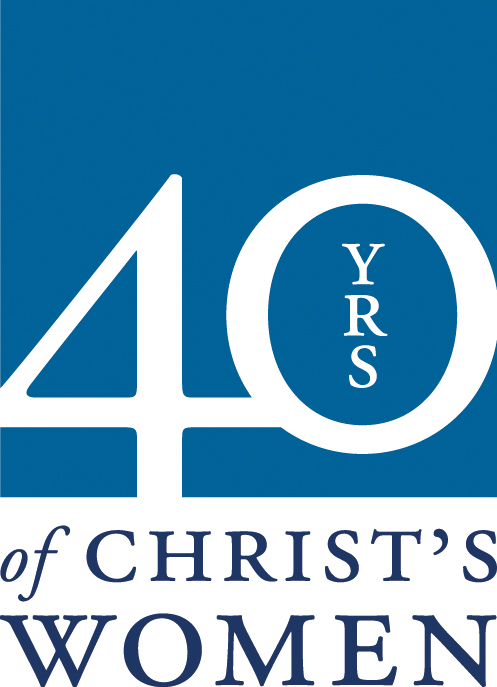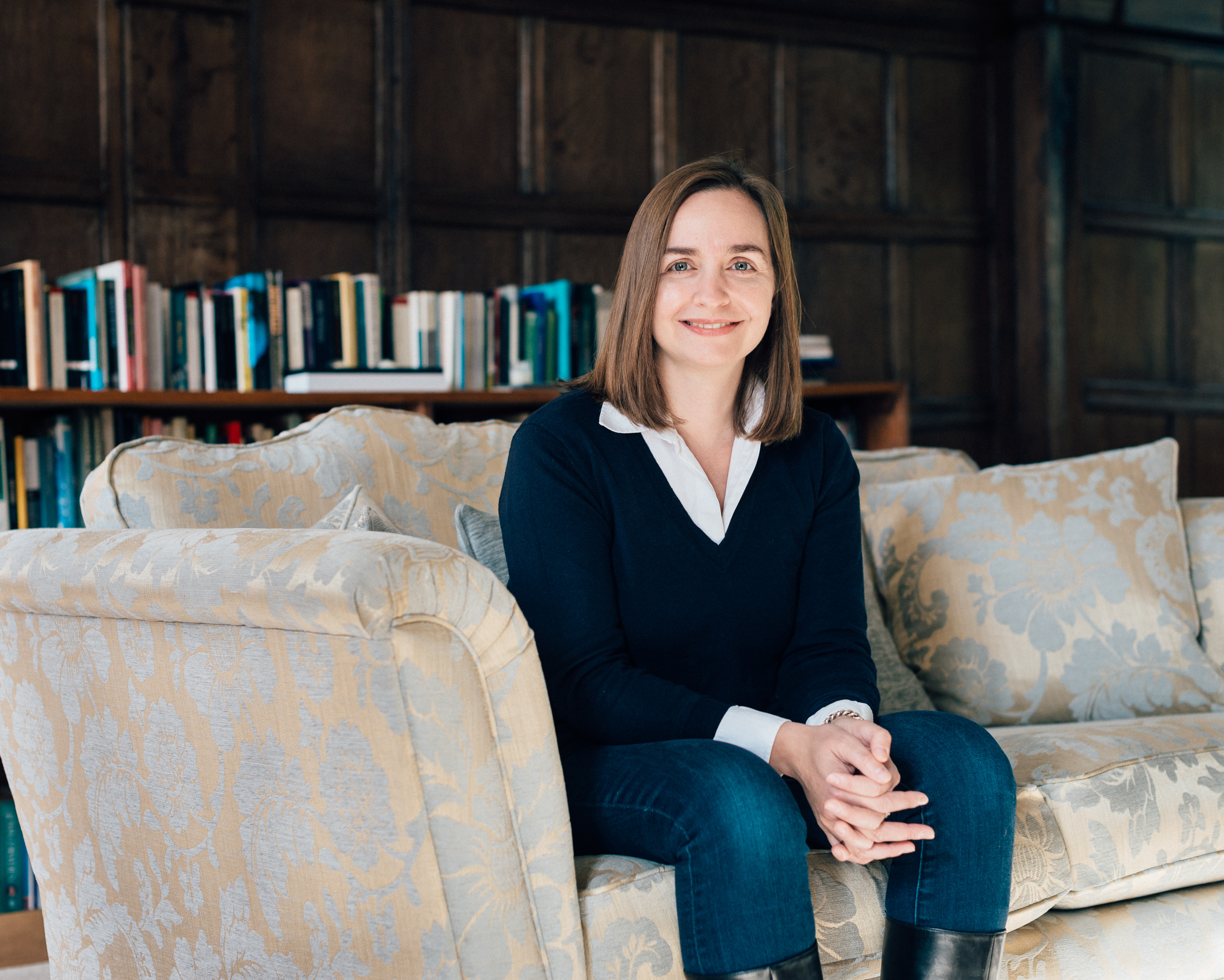Women's 40th Anniversary
 |

Copyright: Ian Farrell Photography
|
This year, Christ’s marks the fortieth anniversary of the admission of women to the College as students: in October 1978, six women graduate students – and, rather by chance, a single brave undergraduate – came up. (She was holding a deferred offer for the following year, but the then Senior Tutor Kelvin Bowkett realized there would be a spare place, and so she arrived, a year early, to help make history.) The following year, more than thirty women were admitted to begin their studies at Christ’s, and a decisive shift in the College’s social and intellectual cultures was truly underway. As Professor David Reynolds writes in the landmark collection of essays produced a few years back for the 500th anniversary of Christ’s, ‘the admission of women will surely be deemed one of the most significant innovations of the College’s first millennium’.
It seems extraordinary to remember from this vantage point, but women were only permitted to take full degrees at Cambridge from 1948, just seventy years ago; it was not until 1972 that the first established colleges welcomed women as undergraduate members. Christ’s was not in the vanguard, but neither did it lag too far behind the trailblazers of Churchill, King’s and Clare. Dr Geoffrey Ingham, a young fellow of the college at the time, remembers that some unorthodox methods of persuasion were used to accelerate the decision-making process. A group of young women, thought to have come from Girton, arrived in the Hall during High Table one evening; they demanded the immediate admission of women, and emphasized their point by shaking the Fellows’ chairs and assailing them ‘with balloons on sticks’, Dr Ingham recalls, ‘in the manner of fools’ bladders’. The porters were summoned, but had little experience of dealing with this kind of affray, and dignity was lost on all sides. A new JRF – dining for the first time that evening – turned visibly pale, excused himself, and was never seen at High Table again; a relatively small element of collateral damage, all things considered, in an episode of unconventional but effective advocacy.
Admitting women as students and then as fellows to Christ’s was a significant, even a seismic step: but that is not the whole story. Christ’s was of course founded by a woman, Lady Margaret Beaufort, one of the shrewdest and most powerful operators of the early Tudor dynasty: but it is the legions of largely anonymous women on whose labour and care much of the running of the college has depended since its illustrious foundation – as washerwomen, as bedmakers, as nurses, and even very occasionally as porters and gardeners. There are other figures we might pause to remember, too: the former Master of Christ’s John Peile, for example, philologist and pioneer of women’s rights in education. He argued as early as 1897 that women should be admitted to University Degrees, and became a member of the council of Newnham College, where a very handsome building is named after him still. He would surely have been delighted that, a century after his prosperous headship, Christ’s is led by the first female Master in its history, Professor Jane Stapleton.
This anniversary is an opportunity to look forwards, as well as back. The advances that have been made in women’s education both by this college, and the University more widely, have been colossal: the principles of equality which we strive to defend and uphold would have been unthinkable in 1978. But there is little room for complacency, as the struggle to achieve a 50:50 gender balance in our student body should remind us. Attempts to understand and so address an entrenched gender disparity in some Tripos subjects (my own, English, among them) are also ongoing: and it would be dangerous to believe that what we have fought for and won over the last forty years cannot be eroded or lost. For Christ’s, though, there is good reason to hope for the future. In the current admissions round, just over half the direct applications Christ’s received were from women; ‘both the highest proportion and the highest number of female applicants we have ever had, by some distance’, Dr Emily Tomlinson remarks.
The next few months will see a number of special happenings and events to mark this anniversary. In February, current students of both genders have the chance to invite a woman who has been influential for them, perhaps a teacher or family friend, to a dinner in Hall; in June there will be another celebratory dinner, this one for alumnae. This term the students are putting on a ‘feminist cabaret’ to mark the inception of the new Feminist Society; there will also be various subject masterclasses, where leading women academics will come and speak about themselves and their work. In November, there will be a special choral service in chapel, with music and spoken contributions from college alumnae; the college choir will also be releasing a recent recording of Annabel Rooney’s (m. 1991) music, their first by a female composer. One of the anniversary year’s most noticeable changes has already taken place: the portraits of our distinguished alumni have been moved, temporarily, from their homes in Hall; in place of Milton, of Paley, of Darwin; of Cudworth, Finch and Baines, is an exhibition curated by Dr Carrie Vout (classicist and art historian) comprising instead various pictures, prints and engravings of Lady Margaret. Many of these are from the college collections, amassed over the years by fellows evidently fascinated by the iterated, iconic image of their foundress; another is graciously lent by the Master and Fellows of St John’s. Perhaps the most interesting set of images, however, is that created by our students in response to an invitation to reimagine Lady Margaret for our times: witty, striking, astonishingly accomplished, their pictures connect the college’s past with its present and future. ‘As we compare and contrast these images,’ Dr Vout writes, ‘Margaret’s presence both intensifies and dissolves –– powerful patron, educationalist, mother, woman.’ Such bold visual statements are important: but the anniversary will be noticed, too, throughout the year, in quieter though no less enduring ways. More of our speakers, our preachers, our visitors and guests will be women; in our rich academic and cultural life we will address, a little more frequently, their interests and concerns.
We are proud to mark, this year, the 40th anniversary of something so profoundly transformative for Christ’s. The women of our college community – the students, fellows, bedmakers and support staff, as well as latter-day gardeners and porters – are, thankfully, no longer an oddity, but an integral part of its fabric; wonderfully unexceptional, surprisingly everyday. Nonetheless, we can use this anniversary to celebrate their presence here – our presence here – and, after almost five hundred years, the right and privilege of belonging.
by Dr Sophie Read (Fellow)